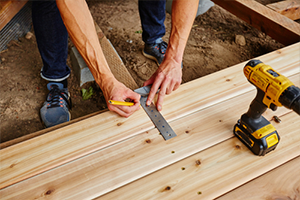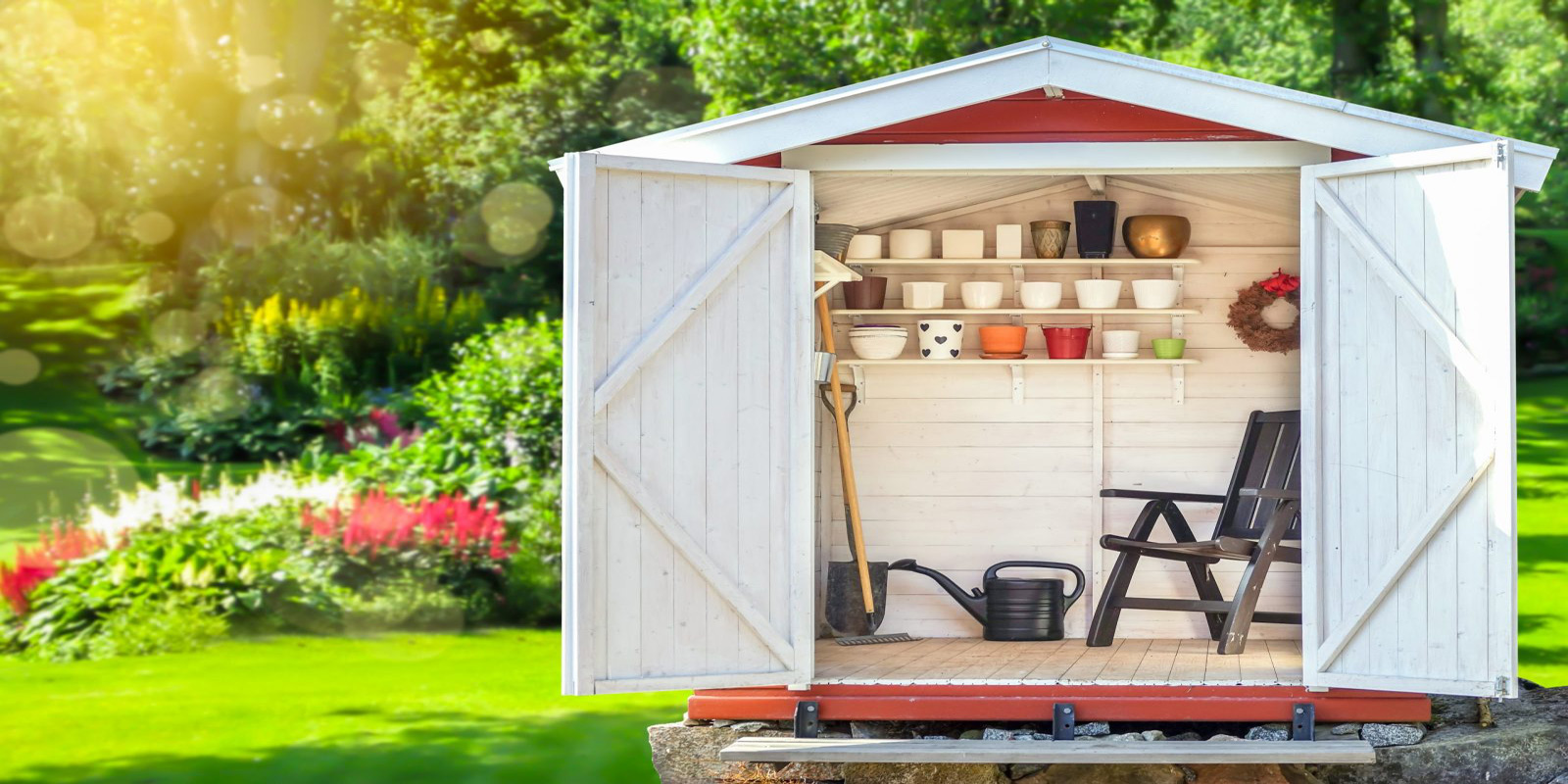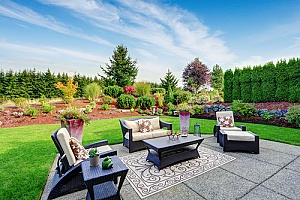Building a pond is a big, but very rewarding, project. Once completed, a pond provides a lot of beauty to any space, and may even increase your home’s value. Building a pond is a great way to improve your outdoor space, both for yourself and for anyone who may buy your home in the future.
There is a lot more to building a pond and filling it with water, though. To help you do this properly, we have put together a guide. We cover everything from making sure your pond is legally in compliance to how to maintain it so that it remains as beautiful and peaceful as it is on day one.
Regulations and Laws Applicable to Your Property
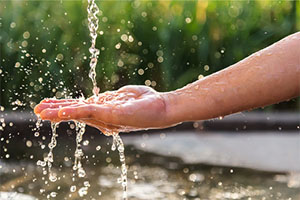 Often, the water you want to use for a pond is not actually yours. If you have a large property and want to make use of streams, creeks, or rivers that flow through it, you cannot simply tap into them. In almost all cases, the water belongs to the federal government. Using it will require permission from the Environmental Protection Agency (EPA).
Often, the water you want to use for a pond is not actually yours. If you have a large property and want to make use of streams, creeks, or rivers that flow through it, you cannot simply tap into them. In almost all cases, the water belongs to the federal government. Using it will require permission from the Environmental Protection Agency (EPA).
If the water is not regulated by the federal government, it is most likely regulated by the state government. For example, in California, all water is regulated by the state. Similarly, in Texas, if a river runs through your property, the water is public property regulated by the state. Doing anything that would divert the water or affect will require permission from the state government.
To find out which regulations apply to your area, contact the Natural Resource Conservation Service in your area. This is a branch of the USDA responsible for helping landowners conserve soil and water. They can also provide free technical assistance for building ponds, and sometimes even provide financial subsidies.
Water Sources for Your Pond
The water for your pond can come from many different sources, and you may find that keeping your pond full all year long will require multiple water sources.
Surface Runoff
Ponds filled by surface runoff are the easiest to get a permit for. They are filled by rainwater that flows over the surface of the ground into the pond. Since these ponds have virtually no effect on streams and native aquatic life, there are few reasons why a permit would be denied.
To fill a pond using surface runoff, you will need three acres of land for every acre-foot of pond volume. An acre-foot is a measure of volume equivalent to one acre of water that is one foot deep. So, if your pond is a one-acre pond and you want it to be one foot deep, your entire pond will be one acre-foot, and you will need three acres of land to fill it with surface runoff.
In places with dry summers, a pond fed only by surface runoff will dry up over the course of the summer. They are also prone to becoming cloudy and murky, as the water flowing into them carries dirt with it.
Groundwater
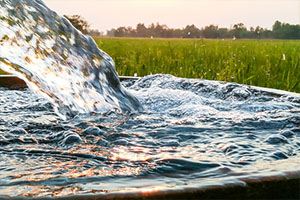 Groundwater alone is rarely enough to fill a pond. It is best used as a supplement to other sources, like surface runoff. Low-lying areas with a high water table have the most groundwater available to them. Moderate slopes with wet soil are great locations for a groundwater pond.
Groundwater alone is rarely enough to fill a pond. It is best used as a supplement to other sources, like surface runoff. Low-lying areas with a high water table have the most groundwater available to them. Moderate slopes with wet soil are great locations for a groundwater pond.
Springs
Spring water is the ideal water source for your pond. A spring occurs anywhere that a seepage has sufficient water for a continuous flow. Springs usually do not require any runoff to keep them full, so the water is clear and cold. Spring-fed ponds are the cleanest ponds you can have, and the best ones for swimming if you want to swim in your pond. A spring-fed pond will require a permit in most places, because it will have more of an environmental impact than surface runoff or ground water.
Streams
Obtaining a permit to use a stream as a water source for your pond is very difficult. You will be interrupting or altering the natural flow of the stream, which can have serious consequences downstream.
Wells
Using well water to fill a pond can be done, but it has its drawbacks. Unless your pump is solar-powered, the electricity required to pump enough water to keep a pond full gets very expensive. In general, it is only practical to use well water for small ponds or as a supplement to other water sources in larger ponds.
Pond Design and Construction
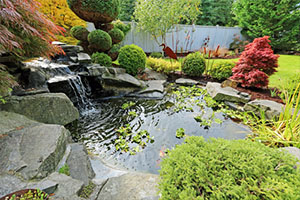 Depending on where you are building your pond and what type of pond you are building, the soil that is excavated for the pond can be used for the dam. What is true of all ponds is that the clay content of the soil needs to be around 20% for it to hold water.
Depending on where you are building your pond and what type of pond you are building, the soil that is excavated for the pond can be used for the dam. What is true of all ponds is that the clay content of the soil needs to be around 20% for it to hold water.
You can test this yourself at home fairly easily. Collect a few soil samples from the area where you intend to have your pond. Be sure that you are collecting soil from the subsoil, not the black top soil. Take each sample and place it in a mason jar, then fill the jar to within two inches of the top with water. Seal each jar and shake it thoroughly, then set it down on a flat surface.
Sand particles will settle first, because they are the heaviest. Silt particles, slightly finer and lighter than sand, will settle next. Clay will settle last because it has the finest particles. After 24 hours, you will be able to measure each layer with a ruler and determine if your soil has a high enough clay content.
If your pond requires a permit, it will likely require an engineer to design it. If not, it is still well worth it to hire a professional to design your pond for you.
Pond Maintenance and Tips
- Make sure you have proper filtration. Ponds need to be filtered, just like pools.
- Smaller ponds are actually harder to maintain than large ones, and most people scale up eventually.
- Dig the pond with ledges rather than in a bowl shape. It will look much nicer, and allows you to line it with gravel for an even cleaner look.
- Make sure the sides are not too steep. If the sides are too steep, maintenance becomes extremely difficult.
My Premium Special Offers
For The New Standard of Excellence for DIY Chicken Coops!
You’re ready to reap the benefits of having chickens.
And you want to build your own coop.
But you know there are many different blueprints on the market.
So you need the right one.
And you’re eager to finally start living an eco-organic lifestyle.
Raise your own Cluck Norris and Yolko-Ono.
Have your own farm fresh eggs.
Every. Single. Morning.
But you need a simple place to start.
Announcing: The World’s Largest Collection Of 16,000 Wood Plans
Each of the 16,000 projects are detailed enough to leave nothing to guesswork, yet simple enough for beginners.
Now You Can Build ANY Shed In A Weekend Even If You’ve Zero Woodworking Experience!
” How to Liven Up Your Home With Over
7250 Breathtaking Landscaping Designs WITHOUT Hiring Costly Professional Landscape Designers…
Have you been in a car accident recently?
The Claim Buster eBook is written to help those who have been injured in a car accident, and those who weren’t injured but have a property damage claim with an insurance company.
Dirt Connections Receives Commissions For Successful Sales Transactions
For more information about building a pond, or to consult with professionals who can help with the excavation of your pond, contact Dirt Connections. Our expert staff is ready and waiting to help you with your pond, or any other outdoor project you are thinking of undertaking.


